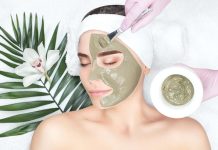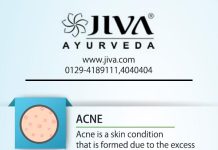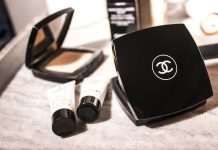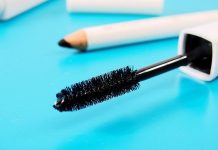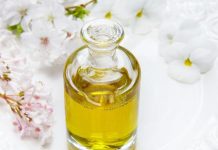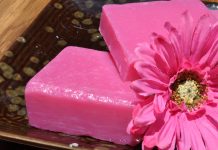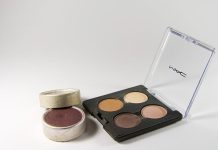In the intricate tapestry of personal care, hair often takes center stage, reflecting both our identity and our daily routines. Yet, amidst environmental stressors and styling demands, maintaining strong, breakage-free hair can seem like an elusive goal. This guide delves into essential haircare tips, weaving together expert advice and time-tested practices to help you nurture your locks with confidence and ease. Whether your hair is long or short, curly or straight, embark on a journey to unlock the secrets of resilient, vibrant hair.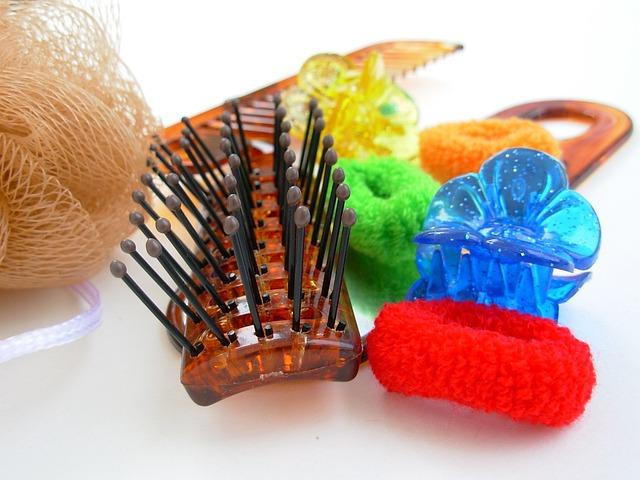
Nourish from Within: Diet Essentials for Hair Health
To achieve vibrant, resilient hair, it’s essential to focus on the nutrients you consume daily. A balanced diet rich in vitamins and minerals can significantly impact hair strength and reduce breakage. Consider incorporating the following dietary elements:
- Protein: Hair is primarily made of keratin, a type of protein. Include lean meats, eggs, and legumes to support keratin production.
- Omega-3 Fatty Acids: Found in fish, walnuts, and flaxseeds, these essential fats help nourish the scalp and add shine.
- Vitamins A and C: Boost sebum production and collagen formation, vital for healthy hair. Incorporate fruits like oranges and carrots into your meals.
- Iron and Zinc: These minerals are crucial for hair growth and repair. Add spinach, lentils, and nuts to your diet.
By focusing on these nutritional building blocks, you can support hair health from the inside out, leading to stronger, more resilient strands.

Gentle Cleansing: Choosing the Right Shampoo and Conditioner
When it comes to maintaining strong, breakage-free hair, selecting the right shampoo and conditioner is crucial. The goal is to find products that clean without stripping away essential moisture. Look for shampoos that are sulfate-free, as sulfates can be harsh and drying. Instead, opt for formulas enriched with natural oils and botanical extracts to nourish your strands.
- Hair Type Matters: Choose products tailored to your hair type, whether it’s curly, straight, oily, or dry. This ensures you’re addressing your hair’s specific needs.
- Ingredients to Embrace: Seek out ingredients like argan oil, aloe vera, and keratin. These elements can enhance moisture and strengthen the hair shaft.
- Conditioner Consistency: For conditioners, consider a lightweight formula if your hair is fine, or a richer blend if you have thick or coarse hair.
Remember, gentle cleansing is about balance. Regularly assess your hair’s response to products and adjust as necessary to keep your locks healthy and resilient.
Moisture Matters: Deep Conditioning for Resilient Strands
When it comes to maintaining hair health, deep conditioning is your best ally. Infusing your strands with moisture not only enhances their elasticity but also fortifies them against breakage. The secret lies in choosing the right conditioner tailored to your hair type and needs. Whether your locks are curly, straight, or somewhere in between, there’s a deep conditioner out there ready to boost your hair’s resilience.
- Hydration is Key: Opt for products containing ingredients like shea butter, coconut oil, or argan oil.
- Heat it Up: Use a warm towel or cap to help the conditioner penetrate deeper into the hair shaft.
- Frequency Matters: Incorporate deep conditioning into your routine once a week or bi-weekly, depending on your hair’s moisture needs.
By making deep conditioning a regular ritual, you ensure that your hair remains supple and strong, ready to face any environmental challenges. Remember, healthy hair is hydrated hair!

Heat and Style: Protecting Your Hair from Damage
Styling tools like flat irons, curling wands, and blow dryers can wreak havoc on your hair if not used properly. To safeguard your strands, consider these essential tips:
- Use Heat Protectant: Always apply a high-quality heat protectant spray or serum before using any hot tools. This creates a barrier between your hair and the heat, minimizing potential damage.
- Mind the Temperature: Adjust the temperature settings on your styling tools to suit your hair type. Fine hair requires less heat, while thicker strands can handle slightly higher temperatures.
- Limit Heat Exposure: Try to reduce the frequency of heat styling. Embrace natural styles or air-dry your hair whenever possible to give it a break from constant heat exposure.
Incorporating these practices into your routine will help maintain the health and integrity of your hair, keeping it strong and free from breakage.


